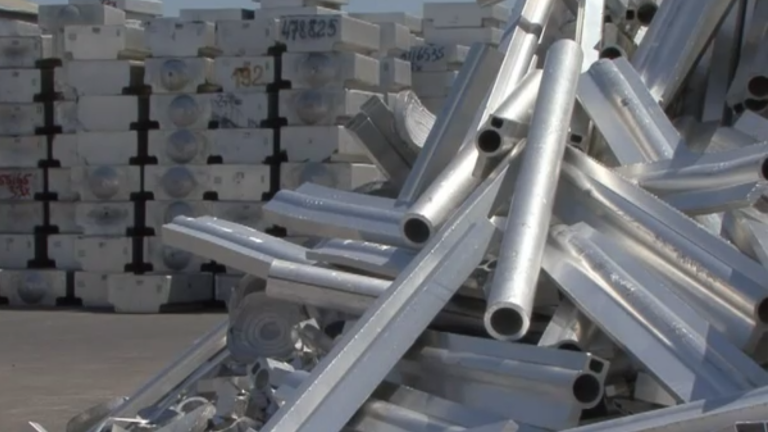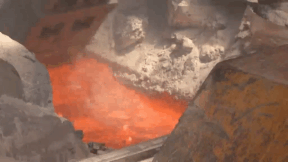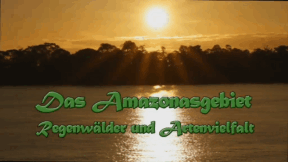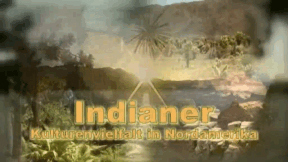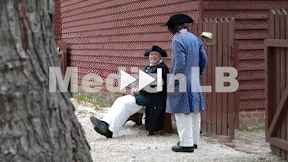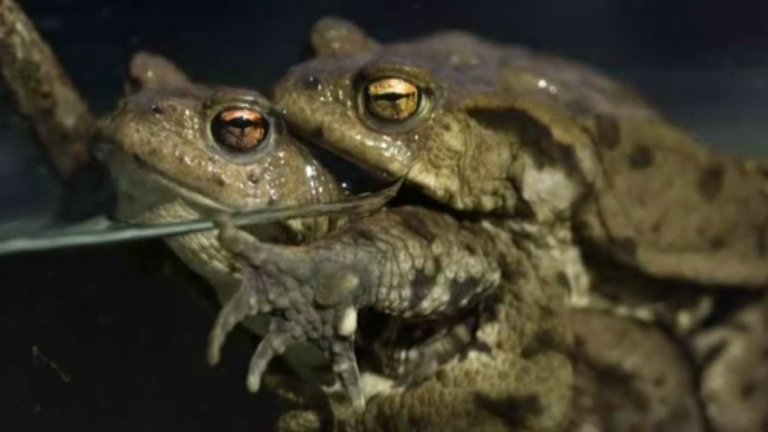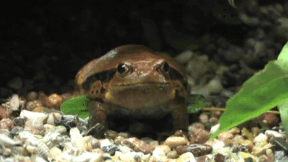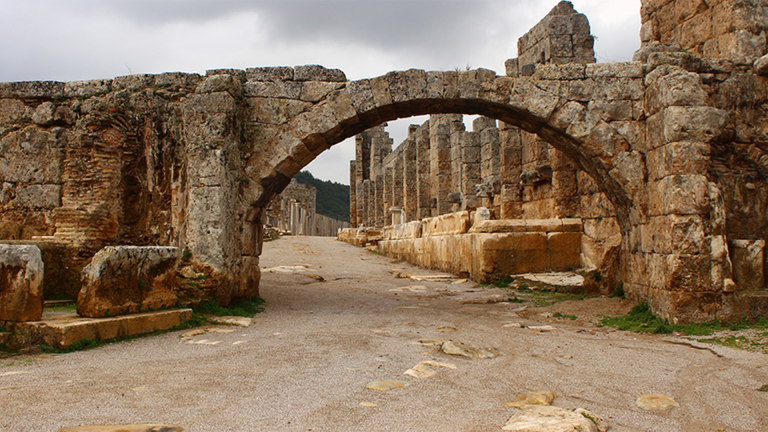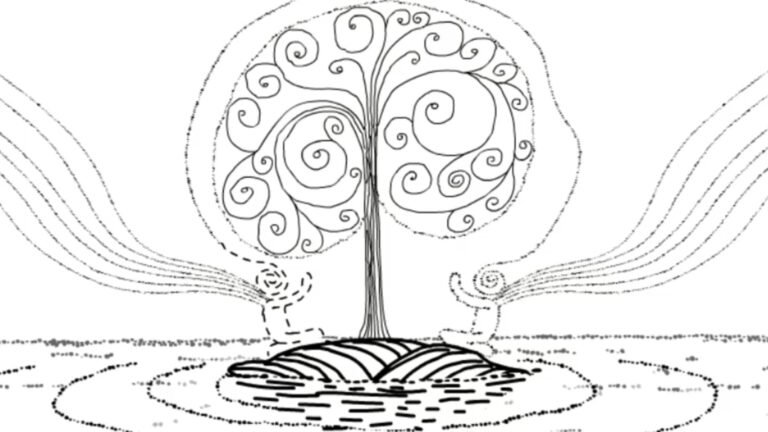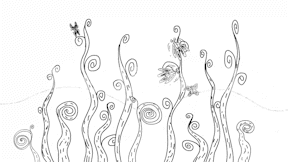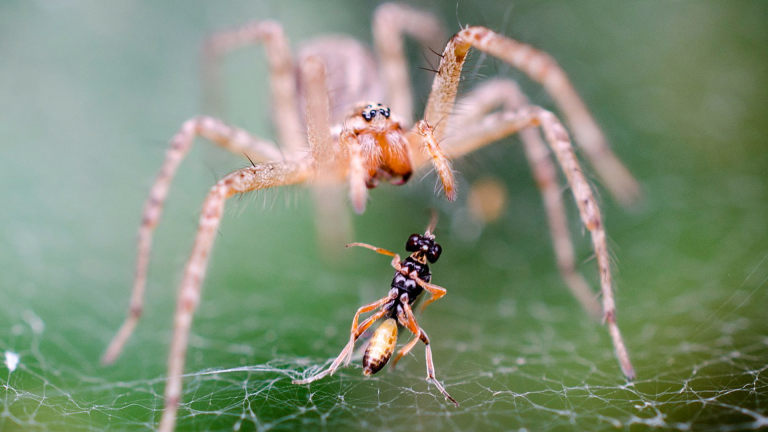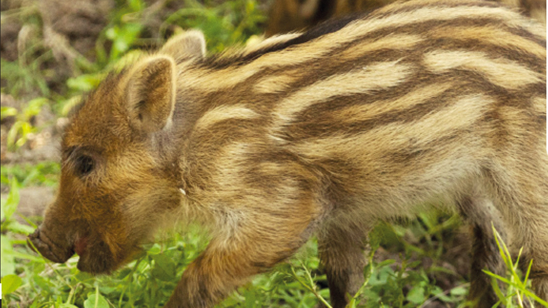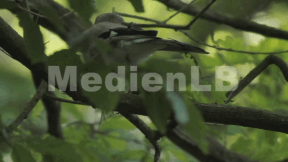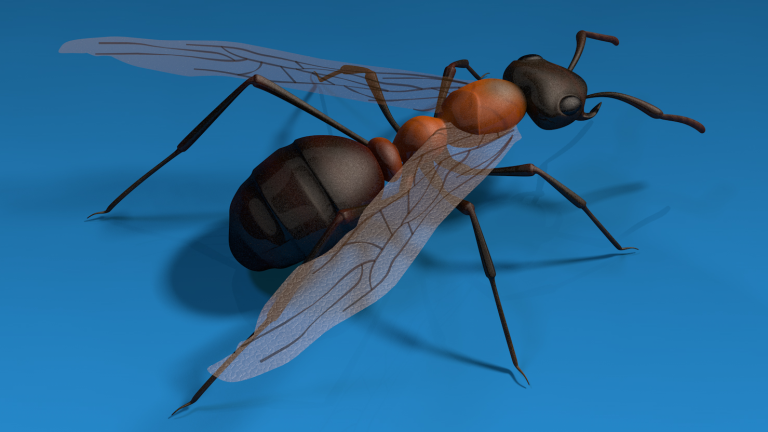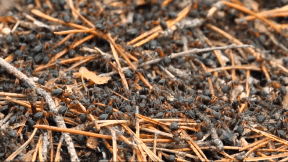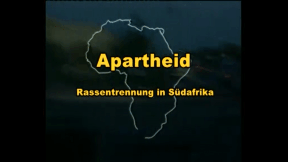Suche:
- # Artistry
- # Biology
- # Chemistry
- # Ecological
- # Economy
- # English
- # Foreign Language
- # Geography
- # German
- # Health
- # History
- # Informatik
- # Latin
- # Mathematics
- # Media Education
- # Music
- # Physics
- # Politics / Civics
- # Preschool
- # Primary School
- # Religion
- # Society
- # Sports
- # Technology
- # Training of Teachers
- # Vocational Education
Aluminium I
In the modern world, we encounter aluminium at every turn. This is due to the particular properties of the metal. Increasingly, aluminium is about to edge iron and steel out of engineering, as aluminium allows energy-saving lightweight construction of aircraft and vehicles of all kind. Aluminium is weather-resistant, does not rust and is therefore well suited as building material for house facades, window frames or simply for all parts that are exposed to wind and weather. At the same time, aluminium has a noble-looking surface recommending it as material for interior design.
Learn moreAluminium II
The metal aluminium is growing in importance because of its specific properties and manifold application possibilities. This DVD deals with the industrial production of aluminium as a raw material, its processing and the manufacturing of alloys for the finished product. Starting with the raw material aluminium oxide the functioning of an electrolytic cell is demonstrated and explained. Alumina, white and powdery, is melted with great expenditure of energy, and by means of electrolysis converted into aluminium with a degree of purity of 99.9%. As aluminium oxide would not melt before a temperature of over 2,000°C is reached, the mineral cryolite is used as a solvent. The various alloys change the properties of aluminium and are produced according to precise formulations. The alloy is cast into blocks and bars that serve as primary material for processing plants. The responsible handling of resources underscores the importance of recycling. Aluminium is resilient and versatile.
Learn moreAmazon Basin
Because of its overwhelming biodiversity, the Amazon Basin is rightly referred to as the crown jewel of nature on earth.
Learn moreAmerican Indians
Who were the first people in America? The native inhabitants of this continent are called Indians, and they are just as diverse as the peoples in Europe. North America is divided into Nine Native American Culture Regions and the film goes into detail about the Indians of the north-eastern and south-eastern Woodlands, the Indians of the Southwest and the Plains Indians. Adapted to the landscape and climate, different forms of culture evolved – from simple Stone Age humans and nomadic life styles to advanced cultures with cities and sophisticated societies. Thus, the Indians of the north-eastern woodlands already lived in a democratic society, which became the basis for the American Constitution. European colonisation reduced the number of Native Americans by diseases, wars and displacement. The film concludes with an outlook on Indian life in the United States today.
Learn moreAmerikanische Revolution
Die amerikanische Unabhängigkeitserklärung von 1776 formuliert nicht nur die Gründung der Vereinigten Staaten von Amerika, sondern ist auch Ausdruck des siegreichen Höhepunkts der amerikanischen Revolution.
Learn moreAmphibians
More than 350 million years ago, the evolution of amphibians set in. Amphibians developed from fish – a first step towards life on land. Diverse reproduction strategies, manifold forms of appearance and a broad spectrum of sizes, ranging from the tiny Brazil litter frog to the giant salamander, constitute the special characteristics of the class of amphibians. The pupils learn about the different respiration techniques and the particularities of the amphibians’ circulatory system as well as about their defining characteristics and their repro- duction strategies. Moreover, the threat to amphibian species posed by environ- mental poisons and the climate change is also discussed. This DVD leads the pupils into the fascinating, unknown world of amphibians, which still remains to be fully researched.
Learn moreAncient Greece
The age of antiquity ended over a thousand years ago, and yet, it surrounds us almost every day.
Learn moreAngel Wings
„Angel Wings“ ist eine Geschichte über die Entstehung und Evolution der Erde, der Tiere und Menschen bis in die heutige Zeit.
Learn moreAngst und Phobien
Das Herz klopft, der Puls geht schneller, Schweiß bricht aus: Angst gehört zur „Grundausstattung“ unserer Gefühle, warnt uns vor gefährlichen Situationen und setzt unseren Körper in Alarmbereitschaft. So können wir instinktiv richtig reagieren, ohne groß nachzudenken. Angst ist ein Urinstinkt, der uns schützen soll.
Learn moreAnts
Ameisen sind Insekten und gehören zu den Gliederfüßern. Das bedeutet, der Körper dieser Tiergruppe ist stets in drei deutlich erkennbare Abschnitte gegliedert: Kopf, Brust und Hinterleib. Man schätzt, dass es über 15.000 verschiedene Arten Ameisen auf der Welt gibt. Man findet sie überall: von den heißen Tropen bis zum kalten Polarkreis, von hohen Gipfeln bis den Wüsten – es ist das erfolgreichste Insekt der Erde. Die Ameisen haben viele unterschiedliche Wohnorte, aber am bekanntesten ist bei uns der Ameisenhaufen. Er ist etwa einen Meter hoch und mindestens genauso tief. Im Ameisenhaufen leben alle Ameisen, die Königin, ihre Arbeiterinnen, die männlichen Ameisen und alle Larven. Ameisen verständigen sich mit einer Antennensprache, legen Duftwege und können sich die Richtung der Sonne merken. Die Waldameisen fressen gerne Raupen, kleine Spinnen, Insekten und Fliegen. Ihre Hauptfeine sind der Specht und der Schmetterling. Wenn sich die Ameisen bedroht fühlen, verspritzen sie Ameisensäure.
Learn moreApartheid
A new era began for South Africa when, in 1886, an out-of-work miner struck gold at the Witwatersrand in South Africa. The consequences of the discovery of the world’s largest natural treasure were dramatic. From all over the world speculators and adventurers flocked to the area. Scattered »gold fever« shanty towns mushroomed, which soon developed into modern concrete cities, though. The wealth created by the gold made South Africa grow into an industrial and financial power. Today, the economy of the country is the most important of the entire African continent. But there are many pitfalls. It is imperative to recognise them in order to confront the challenges of the future.
Learn more





